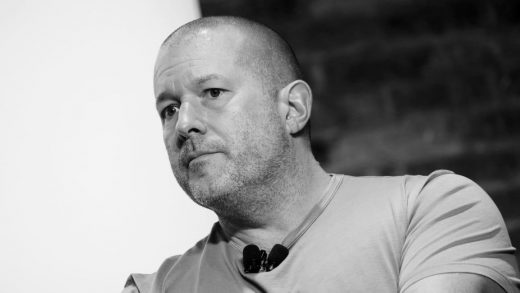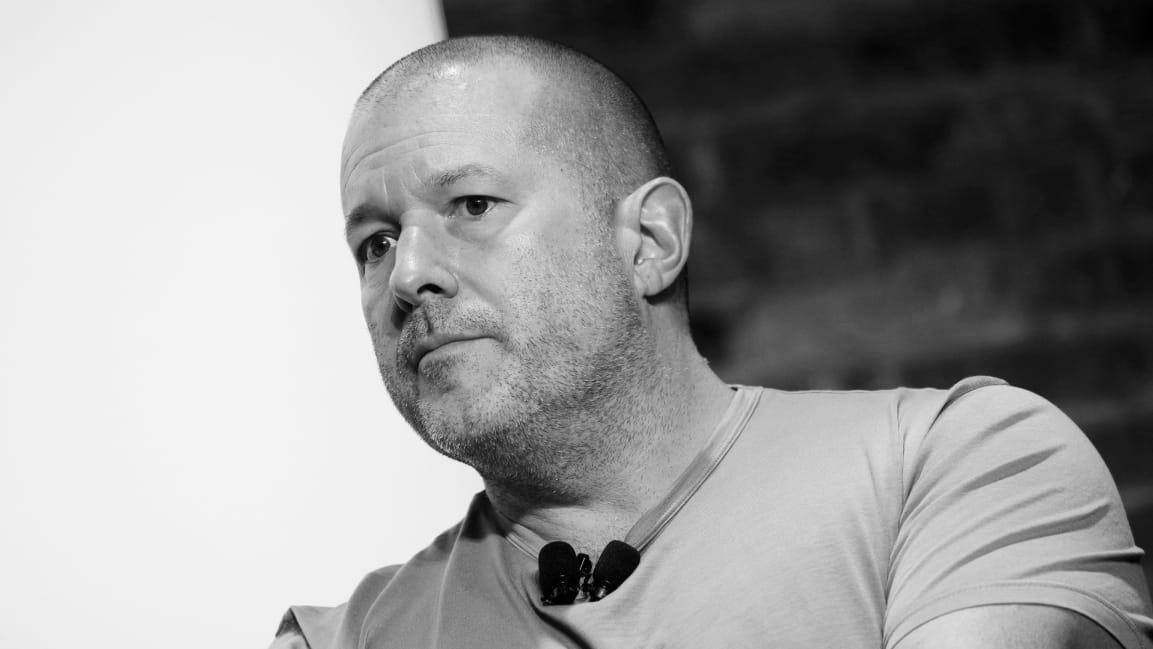What Jony Ive’s exit really means for Apple, according to experts
A day after the announcement of the departure of Apple’s design chief Jony Ive, lots of folks are talking about what the departure of the design guru might mean for Apple’s future. Some are breaking out the horns of doom—saying that without Ive, a precious link to the old Jobsian innovation is lost. Others say it only makes room for fresh new talent. While only time will tell, Here’s what some of the experts are speculating:
Upsiders
Stretechery’s Ben Thompson argues that Ive’s departure was actually four years in the making—that it started when he was relieved of day-to-day management of the design group in 2015.
Ive was an increasingly rare presence in Cupertino, spending more time in his native United Kingdom and, even when he was in San Francisco, holding meetings in a design studio built near his house. And so, when Ive says this is “a natural and gentle time to make this change,” that is because the groundwork has been laid for a long time: occasionally consulting with Apple’s design team is not a significant departure from what Ive’s role has become.
The biggest question in Ive’s departure is who will drive the creative vision of the company once Ive is gone. The line of thinking goes: Jobs was the soul of Apple, the dictator of product > Jobs set up Ive to do the same, to carry on the vision > Ive is leaving and Apple isn’t looking for a replacement > Apple has lost its way. But Apple no longer puts all the decision-making power in the hands of one genius. It’s distributed to a greater number of mere mortals. In this quote from a Financial Times article that coincided with Ive’s departure, Tim Cook describes this.
The company runs very much horizontally . . . The reason it’s probably not so clear about who [sets product strategy] is that the most important decisions, there are several people involved in it, by the nature of how we operate.
Creative Strategies analyst Carolina Milanese believes a more distributed design decision-making process might be good for Apple:
It might work out better for Apple this way, still getting input but having the in-house team being able to drive more of their own thoughts and ideas without being in the shadow.
Milanese also notes that Ive’s departure is happening just as Apple’s business is changing:
I also wonder if going forward, design will have to be much more comprehensive than it has been in the past, which might require more diversified talent from a UX perspective for content and services.
The Verge’s Chaim Gartenberg reminds us that Ive’s influence will linger at Apple.
Despite Ive formally leaving Apple, his influence on the company isn’t going anyway. Ive’s new firm LoveFrom counts Apple as its first client, and will “continue to work closely and on a range of projects with Apple.” And no doubt Ive’s aesthetic and design ethos will continue to echo on through Apple’s halls—it’d be hard for it not to, frankly, given that Ive also quite literally designed the company’s new headquarters.
Downsiders
The stock market weighed in on Ive’s departure shortly after the announcement . . .
Apple stock falls as Jony Ive leaves to start his own design company https://t.co/ori2szY8GY pic.twitter.com/0meaEmmcA4
— MarketWatch (@MarketWatch) June 27, 2019
John Gruber wrote perhaps the best take of all on Ive’s departure. He argues that no matter how long in the making, the loss of Ive leaves a leadership vacuum within the heart of Apple. (For now, the design groups will report into Jeff Williams, an operations guy, while the chief design officer role Ive is vacating will not be refilled, at least not immediately):
I’ve never been an ‘Apple is doomed without Steve Jobs’ person. But part of what made Apple the Apple we know in the post-1997 era is that when Jobs was at the helm, all design decisions were going through someone with great taste . . . But who’s in charge of product design now? There is no new chief design officer, which, really, is what Steve Jobs always was. From a product standpoint, the post-Jobs era at Apple has been the Jony Ive era, not the Tim Cook era . . . I don’t worry that Apple is in trouble because Jony Ive is leaving; I worry that Apple is in trouble because he’s not being replaced.
It’s important to understand the influence Ive held within Apple. It reached well beyond chamfered edges and polished steel, and into decisions over the UX and features and functions. Here’s a quote from Steve Jobs describing what he wanted Ive to be within Apple:
[H]e understands that Apple is a product company. He’s not just a designer. That’s why he works directly for me. He has more operational power than anyone else at Apple except me. There’s no one who can tell him what to do, or to butt out. That’s the way I set it up. (Hat tip: Dieter Bohn, the Verge)
Analyst and ex-Apple employee Michael Gartenberg believes Ive’s leaving is one of the biggest events in Apple’s history:
Ive’s departure doesn’t come as a shock. It’s doubtful he maintained the relationship with Tim Cook as he did with Steve Jobs, who called Ive his soulmate. His departure is likely to have the most impact on Apple, arguably greater than Jobs death. With the completion of the new Apple campus it’s likely we have seen the last products Ive designed and Apple’s challenge is to prove they cannot only innovate from a technology perspective but also from a design perspective.
MacWorld’s Leif Johnson seems to think Apple will eventually look for a new Jony Ive, and will have trouble finding him or her.
Apple managed to emerge victorious from that uncertainty in 2011, and it will do the same in the wake of Ive’s departure. To do so, though, it will have to find another unnaturally talented lead designer who can lay out a singular, unified vision for Apple’s product line. Preferably that designer will work with an executive that can prod him or her in the right direction while curbing their most impractical design. I don’t know if Tim Cook can find that person.
And it turns out Ive wasn’t perfect, as SixColors’ Dan Moren points out.
[W]ith his departure, there likely won’t be a single person that wields the same kind of power that he did. Not all will be sad to see him go, either: He’s been a contentious—and at times parodied—figure, especially as Apple’s struggled with the balancing act between form and function in the last few years.
Vice’s Jason Koebler says Ive allowed responsible design to be overruled by a desire for miniaturization and visual appeal.
But history will not be kind to Ive, to Apple, or to their design choices. While the company popularized the smartphone and minimalistic, sleek gadget design, it also did things like create brand-new screws designed to keep consumers from repairing their iPhones. Under Ive, Apple began gluing down batteries inside laptops and smartphones (rather than screwing them down) to shave off a fraction of a millimeter at the expense of repairability and sustainability.
And Fast Company‘s Mark Wilson points out that while Ive talked about designing products that don’t distract us from real life, he contributed to the problem of device addiction perhaps more than anyone else.
Ive is leaving Apple at a time when we recognize that the iPhone is actually like a drug that has made us more informed, but less happy. Perhaps the greatest challenge for Ive’s future could be to reconcile with Apple’s past—and the fact that his honeypot design has ushered in our privacy dystopia and turned our times with friends and family measurably less enjoyable.
As some of Apple’s biggest design challenges—the AR glasses, the car—sit on the horizon, I suspect that new Apple products will still look unmistakably like Apple products, at least for the next few years. The consumer tech products of the future will not be handheld gadgets, but rather integrated in various ways with the human body. Such products may well be outside Ive’s sweet spot.
Fast Company , Read Full Story
(57)



